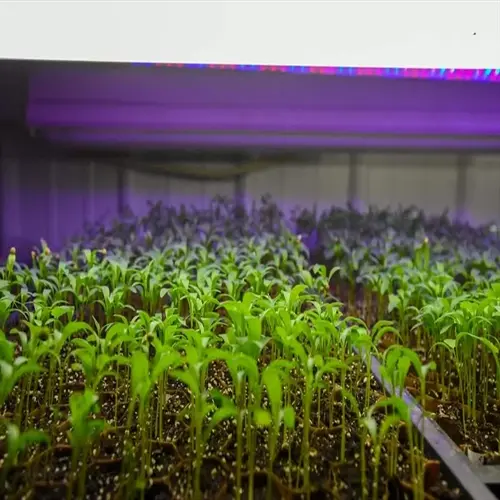How do I avoid transplant shock?

Written by
Nguyen Minh
Reviewed by
Prof. Samuel Fitzgerald, Ph.D.Transplant shock is damaging seedlings and may result in wilting leaves or a complete halt in growth. Any damage to the roots during transplanting results in stress to the plant. I lost approximately half of my tomato plants in one season before learning how to prevent it from happening. The damage can be avoided by being careful, timing it correctly, and using the right-sized vessel for transplantation.
Preparation Phase
- Water seedlings deeply 2 hours before transplanting
- Use widger tool to loosen container edges
- Keep original soil intact around roots
Planting Technique
- Dig holes twice the root ball width
- Support root ball from below during transfer
- Avoid bending or breaking delicate roots
Become a master of hardening off by taking gradual exposure to the outdoors. For example, this method begins by starting the seedlings in the shade for 2 hours a day and gradually moves them to full sun over a period of 7 days. This process thickens the seedling cell walls, protecting them against sunscald. I stopped wilting after starting hardening off correctly.
Schedule plantings for cooler times. Planting in the early morning or late evening helps avoid heat stress. Root establishment occurs faster at soil temperatures below 80°F. I always check the forecast and avoid planting on windy days that can dry seedlings out.
Maintain consistent moisture without overwatering. Use the knuckle test to check soil dampness at a depth of 2 inches. Sandy soils require daily hydration, while clay soils require spacing. My moisture meter prevents guesswork.
Watch for recovery signs post-transplant. New leaf growth within 5-7 days shows success. Delayed growth means check roots for damage. Immediate intervention saves stressed plants.
Read the full article: When to Transplant Seedlings: Ultimate Guide

